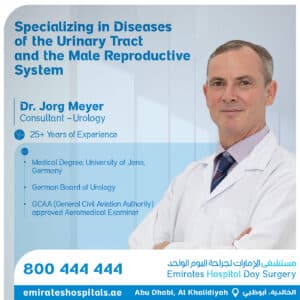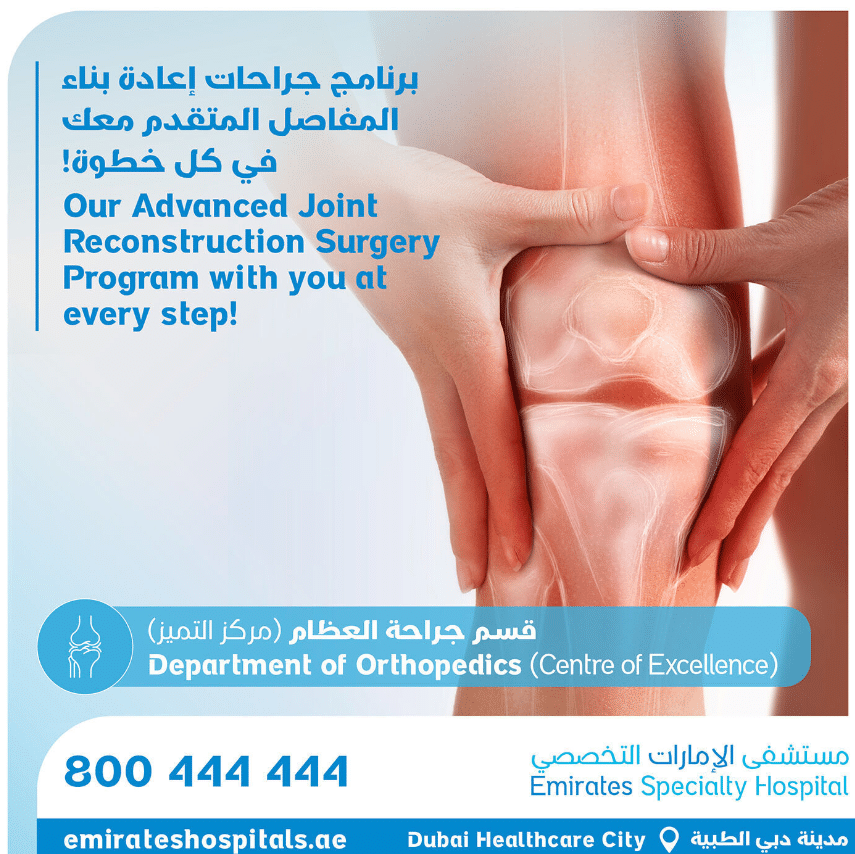The most common hernias in childhood are; inguinal hernias, umbilical hernias, and epigastric hernias seen slightly above the navel, in the midline of the abdomen. It is more likely to occur in premature babies. In terms of gender, it is more likely to be seen in boys than girls.
The hernia does not have to be one-sided, sometimes it is seen on both sides.
Children’s tissues are small and delicate. Considering the process of removing the veins leading to the testicle and the sperm duct from the hernia sac, which may be thin in the onion skin, how important the operation is understood.
In a child who has an indirect hernia surgery in childhood, direct hernia may occur in adulthood.
Strangled Hernia
The hernia that cannot be sent into the abdomen with a soft pressure is called as “strangled hernia”. In this case, the child may experience restlessness, pain and vomiting. If it progresses, loss of appetite, faeces and stool may occur. If the disease progresses further, the vessels that feed the intestines can become pinched and a condition called intestinal decay (strangulation) may occur. It is extremely dangerous and requires urgent surgery. As anesthesia may be risky in premature babies, a month or two can be expected. The surgery is performed under general anesthesia. A very small incision is made in the groin area, after the hernia sac is repaired, the skin incision is closed with dissolved sutures. The top of the incision is covered with a small dressing. Postoperative pain is under control as long-acting drugs are used in the operation area during the procedure.
Babies who start supplementary food and children in older age groups are given watery food and sent to their homes shortly after surgery. Generally, there is no need to restrict activity. Children in older age groups are advised to avoid heavy sports activities. There may be process-related bumps in the surgery area and bag, which should disappear slowly within 1-2 months. Recurrent hernia is very rare. However, recurrence can be seen in disease groups and premature diseases such as some connective tissue. In the unilateral groin hernia, a hernia may appear on the opposite side. Especially if there is an inguinal hernia on the left side, a hernia may appear on the right side. In this case, re-surgery is mandatory.
See Also: Pediatric Surgery








